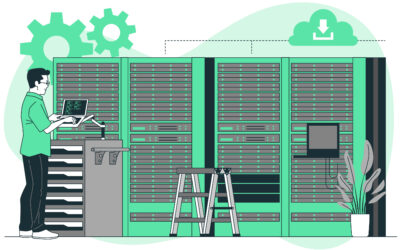
Cloud Computing 2025: AI, Edge, and Multicloud Strategies Drive the Next Wave of Innovation
In 2025, cloud computing has evolved far beyond storage and scalability—it’s now the core infrastructure behind AI, automation, and digital transformation across industries. From banking to healthcare and retail to logistics, enterprises are leveraging cloud-native technologies to gain agility, resilience, and global reach. According to a report by IDC, 93% of enterprises now operate in…









